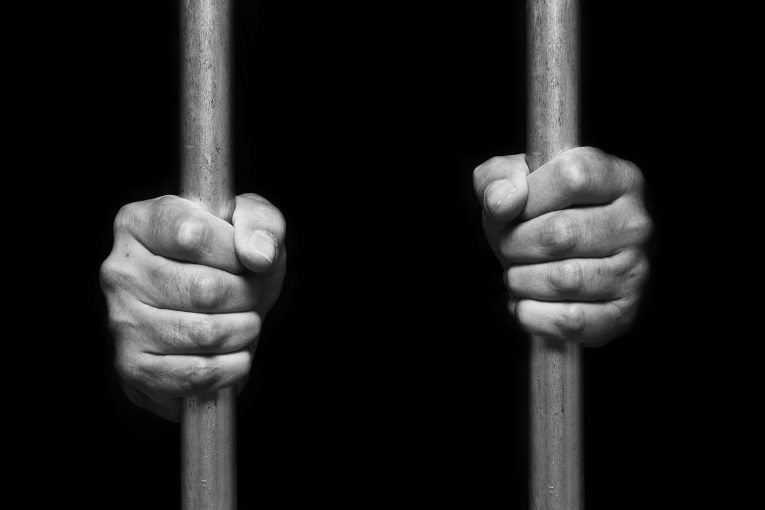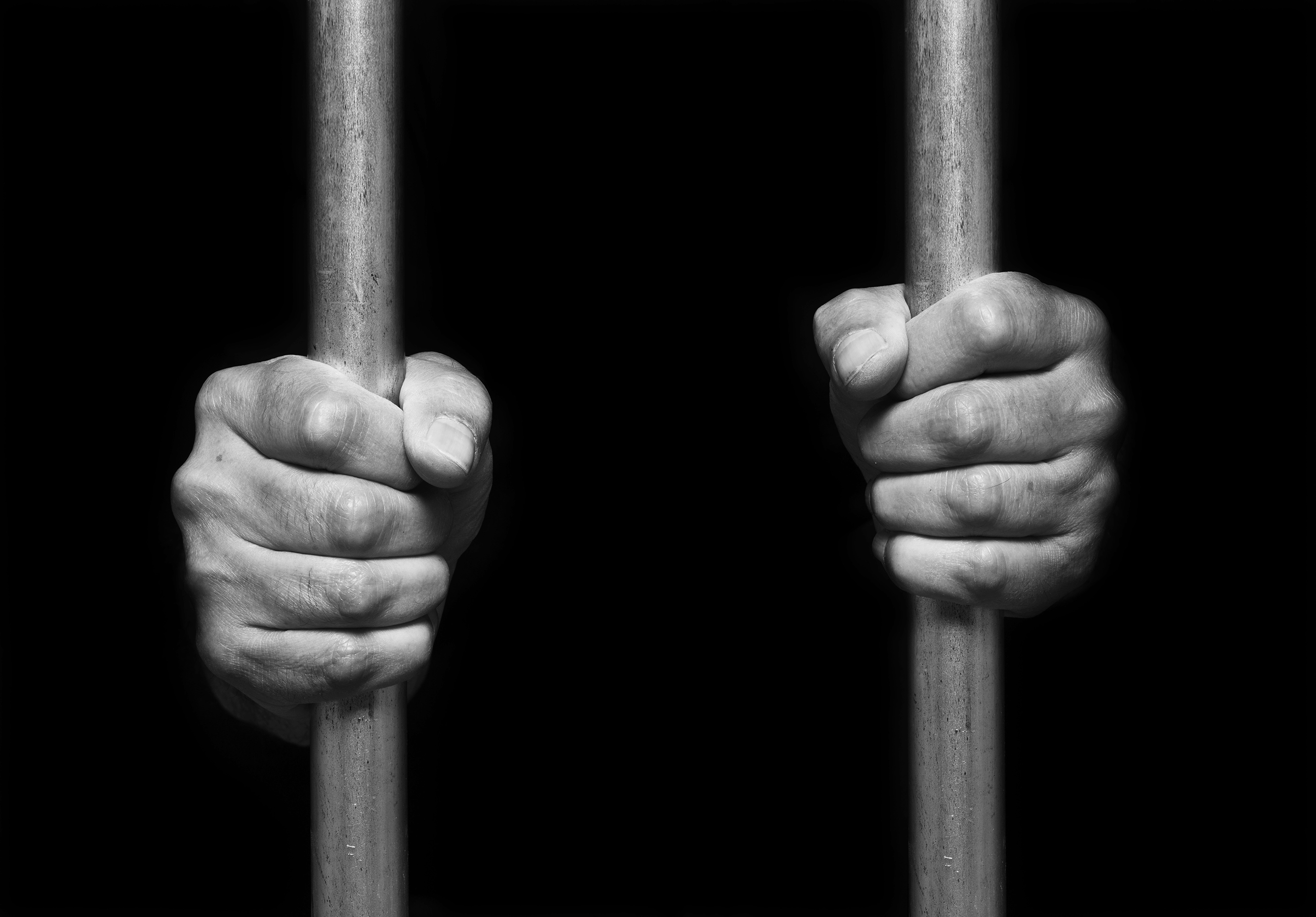

By David M. Greenwald
Executive Editor
This week I came across some stunning data—even though I had implicitly known this to be the case, nevertheless seeing the actual data was stunning.
In 2021-22, California spent $15.4 billion on prisons and just 4.2 billion on higher education. In 1979, the state spent 18 percent of its budget on higher education and just 3 percent on prisons.
To look at it another way, in 1979, higher ed was prioritized by a 6 to 1 margin over prisons, but by 2021 prisons were prioritized nearly 4 to 1 over higher ed.
The state’s priorities flipped.
To look at it another way, in 1979, higher education, UC and CSU in particular, represented 18 percent of the state’s general fund budget. By 2021-22, it was 1.4 percent.
As I pointed out earlier this week, we are spending money still—it’s just on the back end rather than on things like education, job training and mental health to prevent the  problems.
problems.
It costs California around $106 thousand per year per incarcerated person. Think about that. That’s more than it costs for a year at Harvard. That’s 8 to 10 times more than we spent per pupil on K through 12. Imagine reinvesting that money into education, job training, housing, food, and mental health.
Even within the massive amount that we spend on incarceration, most of the money goes to security, administration and maintenance of the incarcerated rather than toward programs that could help them rebuild their lives. Even here, we cheap out on rehabilitation and education—spending just $3.5 cents on the dollar for those.
In other words, we house people in a prison where we spent 3.5 cents on the dollar on rehabilitative programs, and then release people who are suffering from homelessness, mental illness or drug addiction without the proper resources to deal with their trauma and substance abuse—and then we wonder why people go out and commit new crimes.
California used to invest in education, now it invests in cages.
Of course, a lot of people will argue that this change was necessitated by crime trends and public safety considerations. That data here do not support that—we have grown our carceral system, for the most part, after the peak of crime rates.
Some will no doubt argue that increasing the penal system capacity has led to the drop in crime. The data also do not support that contention.
Loïc Wacquant, the Berkeley Sociology Professor, points out in his seminal work, “Punishing the Poor”: “The reasoning – commonly invoked by the advocates of punitive policies – according to which carceral inflation necessarily translates into a mechanical reduction in crime ‘neutralizing’ convicts put out of commission between four walls, seems to make good sense, but it turns out to be specious upon examination.”
Wacquant notes that “when it is applied to crimes of opportunity, indiscriminate confinement ends up ‘recruiting’ new scofflaws through its substitution effects.”
Moreover, pouring over the literature, Wacquant finds, “there exists no robust correction – in any country at any time – between the rate of imprisonment and the level of crime.”
In other words, when you actually run regression and correlation analysis on crime rates and level of incarceration, you do not end up with a statistically significant relationship.
In short, as Wacquant points out, simply extending incarceration through tougher sanctions as a means to neutralize or suppress crime “can turn out to generate more crime instead of less.”
Of course many would argue not for blanket but rather for “selective incapacitation.” This is what we have attempted to do with mandatory minimums and repeat offender penalties in places like California.
As we know, those aren’t that effective either.
The reason, Wacquant notes, is that they are “highly dependent on detecting and targeting high-frequency offenders.” The problem is “by the time these offenders are identified as such by their accumulation of arrests and convictions, they are typically past their peak crime-committing years, so that throwing them behind bars is both superfluous and costly.”
In other words, we have three strikes laws that put people away potentially for 25 to life, but by the time they get their third strike, they are at the end of their criminal lives, not their beginning.
Therefore, when we look at data and science, we recognize that crime rates have fallen over the last 40 years despite our crime policies, not because of them.
Meanwhile, by failing to invest in education—both higher education and K-12, we are making it more likely that the marginal and disadvantaged populations end up in the criminal legal system rather than finding ways to overcome their poverty and other disadvantages.
I would argue that we are spending our scarce resources on the wrong end of this equation and we would be far better investing huge sums for education, mental health, and poverty programs rather than incarceration. We are willing to spend $100,000 a year on the back end per person, but not that much on the front end.


Ironically, incarceration has long been an attempt to “educate”, as have been “lecturing”, “spanking”, and “time-outs”…
Effectiveness of those is beyond my ‘pay grade’… but not all respond to ‘education’, in any form, secular or spiritual… “thou shalt not kill, thou shalt not steal, etc.”, and other teaching and/or commandment approaches have not been fully successful… Ted Kaczynski… was highly educated… how did that turn out? Was his ‘education’ better for society (and his victims) than his current incarceration?
It is not a simple either/or, unless one wants $$$ appropriated one way or the other… ’tis a puzzlement…
One beyond my ‘pay grade’ to “solve”… and pretty much beyond any other’s ‘pay grade’, IMNSHO…
The comparison between prison vs. college is ludicrous. It’s not an “either/or” choice.
Was the crime rate lower, when more was spent on college? If not, then there’s not even a correlation, much less a “cause”. In fact, the following statement would appear to show a correlation in the opposite direction:
Also, has any study been done regarding the number or percentage of people in prison who would have qualified for “free” college – prior to ending up in prison? (In other words, would have received full financial aid to offset those costs?)
If the percentage is relatively high, wouldn’t this totally negate the implication that the (personal) financial cost of education is preventing them from attending?
Also, do motivated prisoners sometimes take college courses while in prison? And in fact, receive their degrees while in prison?
Going to college takes work and commitment. It’s not something that’s just “handed” to you, like a prison sentence as a result of what you’ve done.
I couldn’t agree more David. Thank you for your thoughtful piece.